Research groups
Associated to The PhD school in Molecular and Structural Biology (MSB) are eight research groups from the Faculty of Sciences and Technology and Faculty of Health Sciences. About 30 students are presently associated to the school. A brief summary of the groups' research and contact information is listed below.
| The Norwegian Structural Biology Centre | ||
| Group Leaders: | ||
| Arne O Smalås | arne.smalas@uit.no | |
| Rickhard A. Engh | richard.engh@uit.no | |
| Nils P. Willassen | nils-peder.willassen@uit.no | |
| Trond Ø. Jørgensen | trond.jorgensen@uit.no | |
| The Molecular Biosystems Research Group | ||
| Group Leader: | ||
| Nils P. Willassen | nils-peder.willassen@uit.no | |
| The Molecular Modeling Group | ||
| Group Leader: | ||
| Ingebrigt Sylte | ingebrigt.sylte@uit.no | |
| Molecular Pathology Research Group | ||
| Group Leader: | ||
| Ole Petter Rekvig | ole.p.rekvig@uit.no | |
| Molecular Cancer Research Group | ||
| Group Leader: | ||
| Terje Johansen | terje.johansen@uit.no | |
| The Cellular Signalling and Gene Regulation Research Group | ||
| Group Leader: | ||
| Ugo Moens | ugo.moens@uit.no | |
| RNA and Transcriptome Research Group | ||
| Group Leader: | ||
| Steinar Johansen | steinar.johansen@uit.no | |
| The Molecular Genetics Research Group | ||
| Group Leader: | ||
| Invild Mikkola | ingvild.mikkola@uit.no | |
|
|
|
| Norwegian Structural Biology Centre NorStruct is a national service and competence centre in structural biology generally, and in X-ray crystallographic methods specifically. The Centre is, as an external collaborator, involved in a range of projects nation-wide, in addition to projects governed by the 4 group leaders. The in-house projects covers structure-function relation studies of molecules involved in fish pathogen-host interactions, molecular adaptation (to temperature & salinity), basic mechanisms of protein-protein interactions, DNA-repair enzymes, protein kinases, proteinase specificity, enzyme redesign, development of bioinformatics tools and computational methods. NorStruct is also running a genome project on the fish pathogenic bacteria, Vibro salmonicida. |
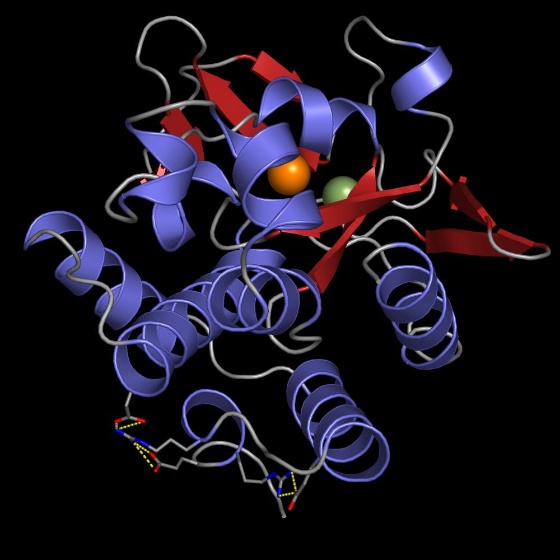 |
|
The group's home page:
|
|
 |
The Molecular Biosystems Research Group The protein research group current focus is on molecular adaptation using the psychrophilic and moderate halophilic fish pathogen V. salmonicida as a model system. Our goal is to understand adaptation to specific environmental conditions such as temperature, salinity and host (pathogen-host interactions) using a genome-based approach (functional genomics) which includes comparative genomics, expression profiling, RNomics and structural genomics. |
|
The group's home page:
|
|
| Molecular modeling techniques are used to study the structure-function relationships of proteins and their ligands. The molecular modeling techniques include homology modeling, molecular dynamics simulations, ligand docking, methods for predicting the free energy of protein – ligand association, and sequence/structure analysis. The work is focusing on proteins involved in a variety of basic cellular processes with a potential as targets for therapeutic intervention. The ongoing projects cover the study of (1) membrane bound receptors and transporters, (2) dehydrogenases/reductases, (3) nuclear receptors and (4) Zinc containing proteinases. |  |
|
The group's home page: |
|
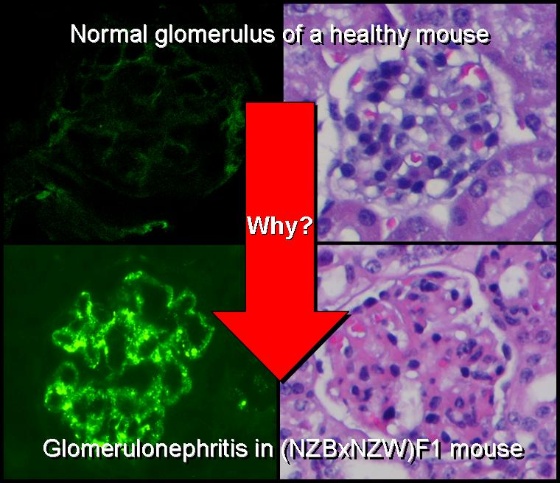 |
Molecular Pathology Research Group |
|
The group's home page: |
|
|
Molecular Cancer Research Group |
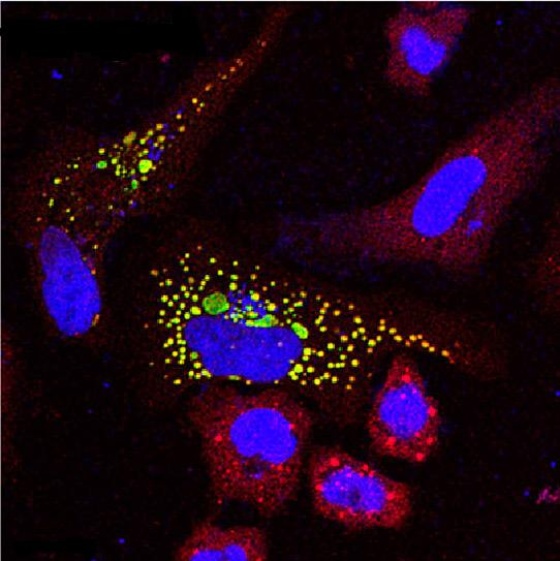 |
|
The group's home page: |
|
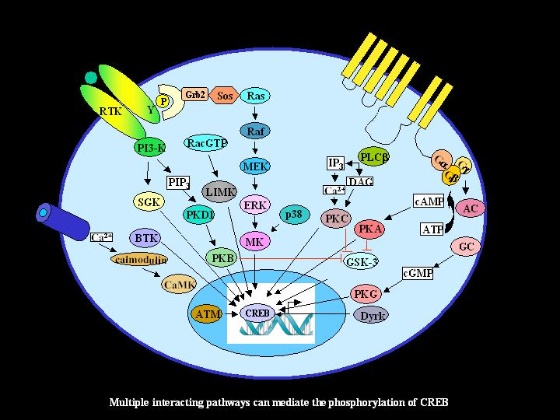 |
The Cellular Signalling and Gene Regulation Research Group |
|
The group's home page:
|
|
|
RNA and Transcriptome Research Group |
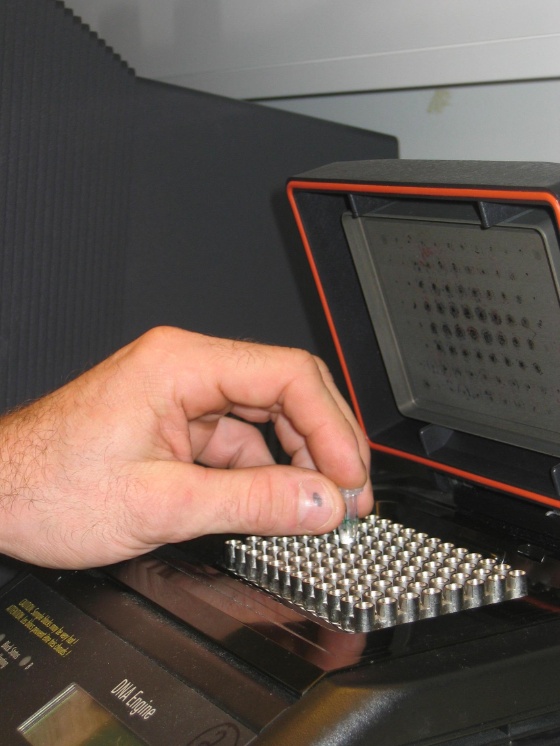 |
|
The group's home page:
|
|
 |
Molecular Genetics Research Group
|
|
The group's home page: |
|
Page under construction

Contact:
E-mail:
norstruct@chem.uit.no
Web:
https://uit.no/msb